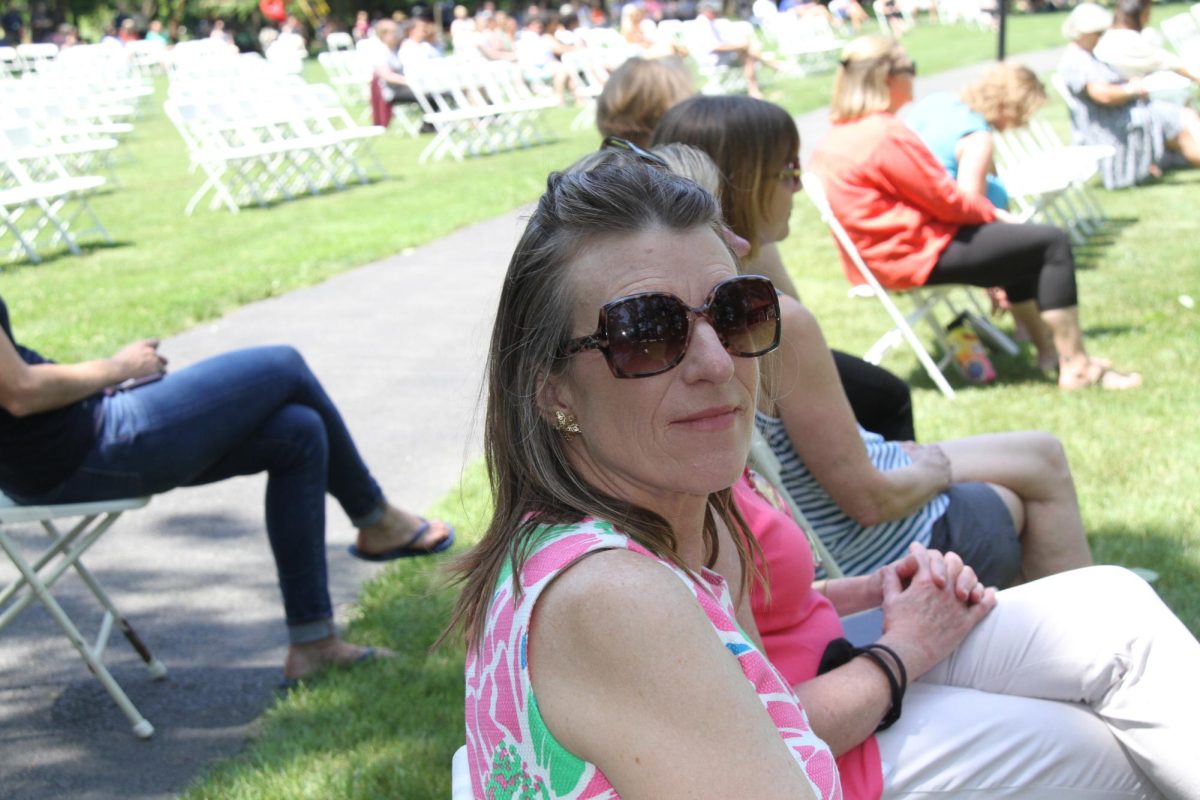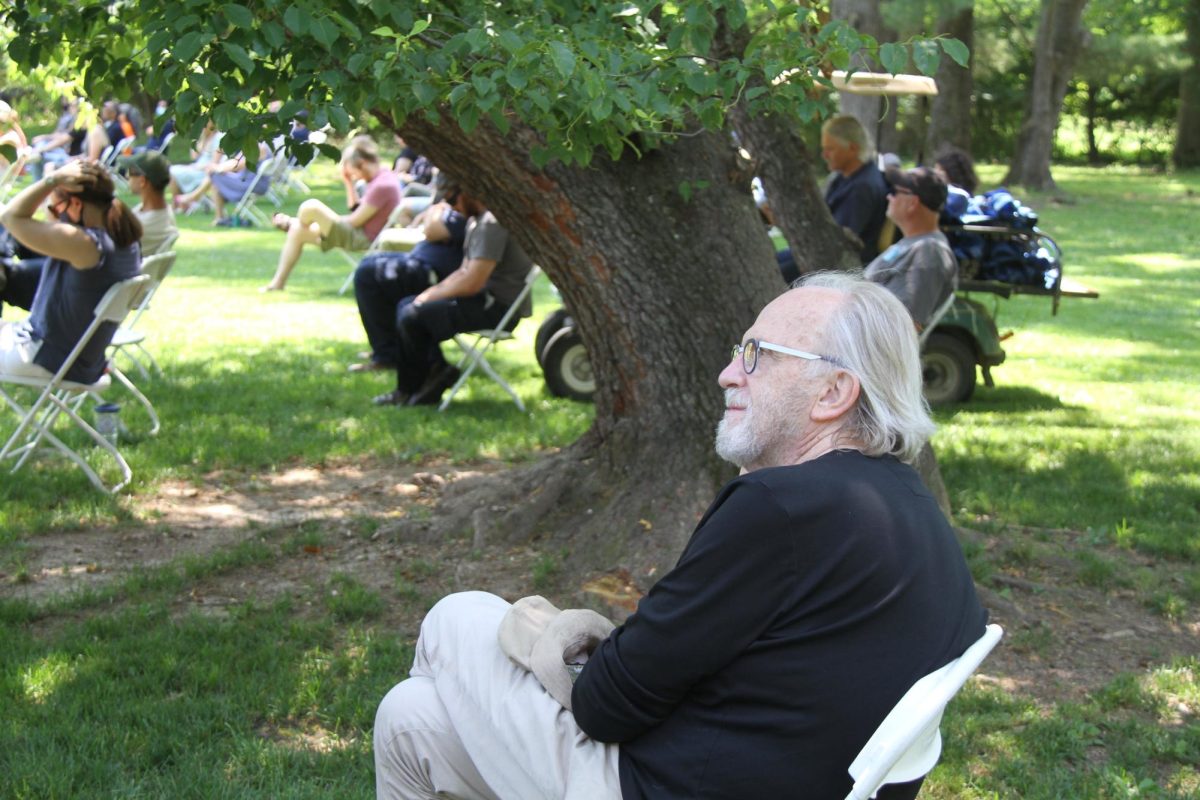College confusion: the struggle to pick a new “home”

Shana Levine
May 24, 2016
Last week, I was out to dinner with my family, when we saw an old neighbor. Leaning over our salads, we discussed summer vacation plans and family events. When small talk ran dry, her eyes shifted toward me, and before she even took a breath, I knew what words would leave her mouth next. “Where are you applying?” she asked. I shifted in my seat and returned my gaze to the plate below me.
Since last fall, these four words have become a commonplace, the catchphrase of those that surround me. It is hard to attend a family dinner or see an old teacher and expect this question not to arise. During the beginning of the year, answering was simple: “I don’t know.” I had seen such few schools that I rightfully had no idea. I assumed that as spring rolled around, after wandering through enough campuses, I would have college names to satisfy those questioning, but even last week, these words, meant to be a friendly initiation of conversation, tortured me with a sort of pain that one would expect from insults or criticisms. Frustrated by the uselessness of the college visit, I have found myself lost, unable to reason why, in a year and a half, I should be wearing the colors of one college and not the other.
We, juniors, are upon the biggest and most anticipated decision of our short 17 years, and yet the very visits and information sessions that are supposed to help guide this choice have all too often become superficial. In six short months (cue heart palpitation), I and many of my peers will be sending off applications to the schools we believe are capable of becoming home for the next four years. As if the stress of standardized tests, applications, and all the other activities and accomplishments high school juniors feel pressured to succeed in is not enough, we are forced to make such a towering decision knowing little more than the number of books in a school’s library system and the prevalence of a capella groups on a campus (does everyone learn to sing when they get to college?).
During spring break, I participated in a tradition that my classmates and the juniors that have come before me can undoubtedly relate to. I spent the first few precious days of no homework and sleeping in touring a few of the Northeast’s universities. Yet, through the hours driving New England’s roads and walking in dining halls, I have learned little other than how to read a campus map, which comes in handy so that you and your mom do not get stuck walking in circles on fraternity row, and that I will never be able to be a tour guide considering I am definitely incapable of walking backwards without getting hit by traffic. Tour after tour, the academics, freshman quads, and quidditch teams all blend together until all I remember is one big mess of gothic, ivy-clad buildings and blue light systems.
In many ways, these tours have become episodes of the same series. The characters may look different, but they ask the same questions, have the same idiosyncrasies, and even recite the same jokes. At every information session, a student nervously asks, “Can I double major in computer science and fine arts?” At every campus’ main green, await a minimum of three college students who plan on assaulting you until you promise to vote for Bernie Sanders. Every admissions officer is aggressively energized and begins a session by asking the crowd “Who came from the farthest?” Every tour includes a campus myth: “Legend has it you can still hear the whispers of the school’s founder from his grave if you stand near his tomb,” told one tour guide. Now that is a school I really want to go to, said no one ever.
Aside from this futile monotony, college tours are flawed for another reason. These visits have become sales pitches that hope to drive acceptance rates lower and email lists longer. Each class is “unique,” each career office more helpful than the next, each pamphlet glossier and featuring more smiling faces than the ones that have come before. We have fallen into the trap of college advertisements meant not to attract the students they want to fill their halls but the students they need to have the most impressive numbers. As prospective students, it is important that we learn to see beyond the facades colleges have worked hard to create.
Picking a new “home” is no small task, especially when the official programs meant to guide you in this selection are shallow. As I move towards the decision I can no longer avoid, I plan to take the words of my college counselors as gospel. Go see schools, but don’t be fooled by their cheery guides and round numbers. Look deeper into their curriculum, and find programs you would excel in and will challenge you in new ways. Research the weather, the social life, the food, and whatever else is important to you. Visit a class, email questions, meet with students. Waddle through the tour, but skip off halfway through to sit on a bench and watch students change classes. As I implement these new strategies to my college process, I remain hopeful that the next time I run into my third cousin, twice removed, I’ll know exactly how to answer.





